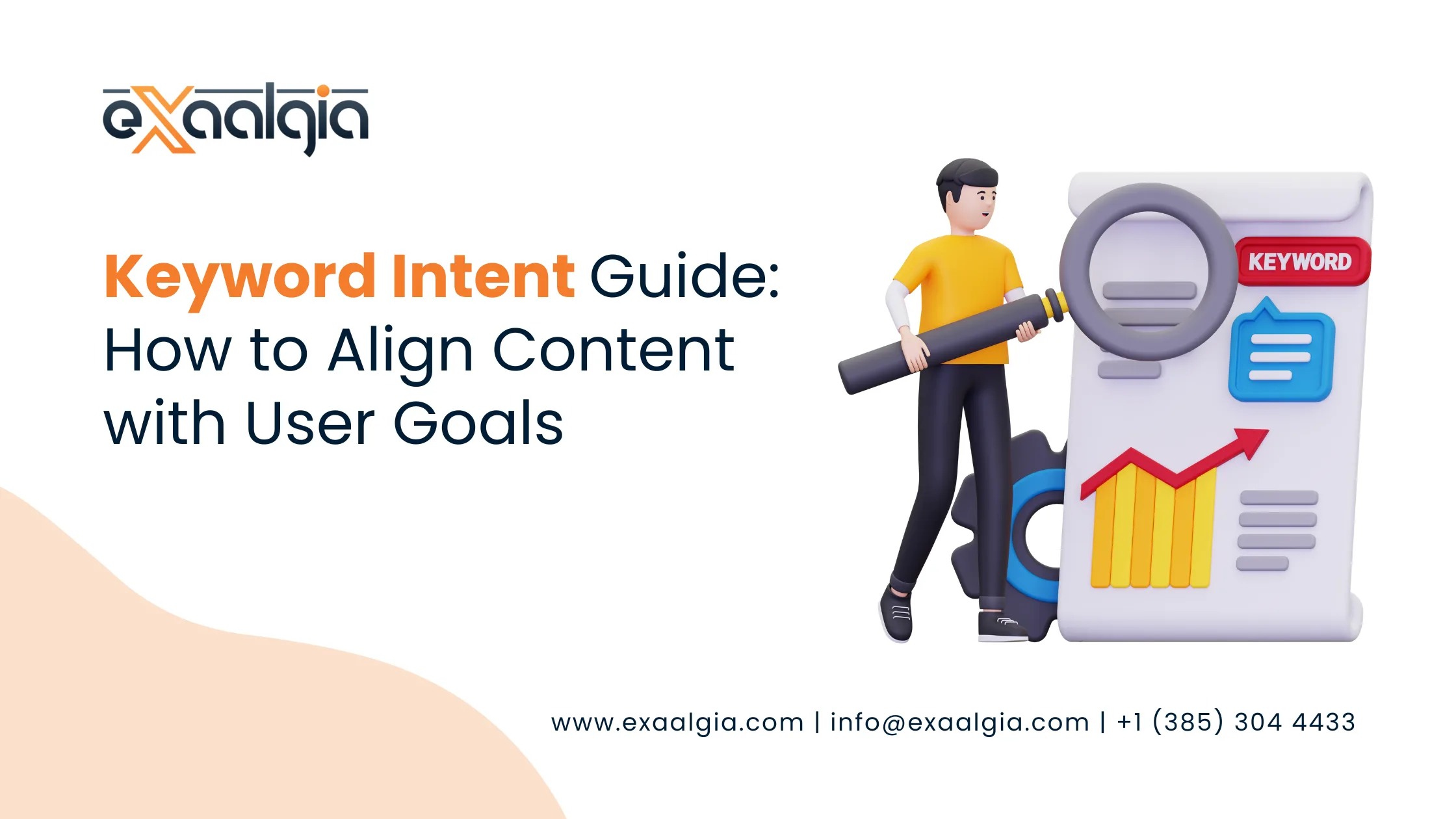Let’s walk through how to use it the right way, avoid disasters, and keep your site’s SEO in tip-top shape.
What’s the Disavow Tool, Anyway?
Picture this: backlinks are like votes of confidence from other websites. Good ones boost your site’s cred with Google, but spammy ones? They can drag you down. The Disavow Tool, tucked inside Google Search Console, lets you tell Google, “Hey, ignore these shady links when judging my site.” It rolled out in 2012 to help folks deal with Google’s Penguin update, which cracked down on bad links. But it’s not something to mess with lightly.
When Should You Use It?
You don’t need to whip out the Disavow Tool for every random spammy link. Google’s pretty good at ignoring junk links these days (thanks, Penguin 4.0!). Save it for these situations:
- Google Slapped You with a Penalty: If Search Console sends you a “manual action” notice about “unnatural links”, it’s go-time.
- You’re at Risk of a Penalty: Maybe you’ve got a ton of links from sketchy places like link farms, paid schemes, or those weird .xyz sites with no real content. Or maybe a competitor’s playing dirty with a negative SEO attack, flooding your site with toxic links.
- You Tried to Clean Up Manually: If you’ve emailed webmasters begging them to remove bad links and got crickets (or flat-out refusals), disavowing is your next step.
When to Steer Clear
Don’t just start disavowing links willy-nilly. Here’s when to hold off:
- No Penalty, No Problem: If Google hasn’t flagged you and your rankings are fine, leave it alone. You might accidentally nuke good links and tank your SEO.
- A Few Spammy Links: Google usually ignores the occasional junk link, so don’t stress.
- Not Sure What’s What: Disavowing legit links is like throwing out half your wardrobe because one shirt’s stained. Double-check before you act.
- Your Traffic’s Down for Other Reasons: If your rankings are slipping, it might be your content, site speed, or a Google update—not links. Dig deeper first.
What Could Go Wrong?
If you mess this up, it’s not pretty:
- You could disavow good links, which is like telling Google to ignore your best references. Bye-bye, rankings!
- It takes weeks for Google to process your disavow file, so mistakes can delay your recovery.
- Some SEO folks think overusing the tool might make Google side-eye your site, wondering what shady stuff you’ve been up to.
- And heads-up: disavowing doesn’t always fix things, especially if you don’t have a penalty.
How to Get Ready
Before you even touch the Disavow Tool, do your homework. Here’s the game plan:
- Check Your Backlinks:
- Fire up tools like Google Search Console, Ahrefs, and SEMrush to see who’s linking to you. In Search Console, go to “Links > External Links” and export the list.
- Use a couple of tools to make sure you’re not missing anything.
- Spot the Bad Apples:
- Roll up your sleeves and visit those linking sites. Are they legit, or do they scream “spam”? Look out for:
- Sites totally unrelated to your niche (like a travel blog linked from a gambling site).
- Shady domains like .click or .xyz with garbage content.
- Obvious paid links, link farms, or private blog networks (PBNs).
- Links with spammy anchor text, like exact-match keywords stuffed unnaturally.
- Watch for red flags, like a sudden flood of links (hello, negative SEO attack!) or links from hacked sites.
- Skip nofollow links or broken (404) pages—they don’t hurt you anyway.
- Roll up your sleeves and visit those linking sites. Are they legit, or do they scream “spam”? Look out for:
- Try to Get Rid of Them Yourself:
- Reach out to the webmasters of those spammy sites. Shoot them an email, hit up their contact form, or even try social media. Politely ask them to remove the link.
- Keep track of who you contacted and their responses (screenshots are your friend). Google likes to see that you’ve tried.
- If they ghost you or say no, you’re clear to disavow.
- Make Your Disavow File:
- Open a plain text editor like Notepad and create a .txt file.
- List each bad link or domain on a new line. For a specific page, write the full URL (e.g., http://spam.com/bad-page.html). For a whole site, use the domain: spam.com.
- Toss in comments with a # to explain why you’re disavowing (e.g., # Spammy link farm).
Here’s a sample:
# Disavowed on 2025-06-24 because these links are trash
http://spam.example.com/page.html
- domain: shadyseo.com
- Keep the file under 2MB and 100,000 lines. Save a copy for later.
How to Use the Tool
Ready to disavow? Here’s how to do it without breaking a sweat:
- Get to the Tool:
- Head to the Google Disavow Links Tool in Search Console.
- Pick your site from the dropdown. Note: It only works with prefix properties (like https://your-site.com), not domain properties (like your-site.com).
- Upload Your File:
- Click “Upload Disavow List” and choose your .txt file.
- If something’s wrong (like a formatting issue), Google will let you know. Fix it and try again. Your old list stays in place until the new one’s accepted.
- If it goes through, you’ll get a thumbs-up from Google.
- Chill and Wait:
- Google needs a few weeks to recrawl those links and apply your disavow. You might still see them in Search Console reports for a bit.
- Keep an eye on your rankings and check Search Console for updates on penalties or changes.
- Make Changes if Needed:
- Want to tweak your disavow list? Download the current file, edit it, and re-upload. The new one replaces the old.
- Changed your mind? Hit “Cancel Disavowals” to wipe the slate clean, but it’ll take weeks for those links to count again.
Tips to Keep Your Site Safe
- Don’t Go Overboard: Only disavow links you’re 100% sure are bad. If you’re on the fence, leave them be.
- Check Your Links Regularly: Peek at your backlink profile every few months (or monthly if your site’s super active) to catch problems early.
- Build Good Links: Focus on earning legit, high-quality backlinks. They’ll outweigh the spammy ones over time.
- Get Help if You’re Lost: If this feels overwhelming, an SEO pro can guide you.
- Watch Your Site After: Use Google Analytics and Search Console to make sure your rankings and traffic don’t take a hit post-disavowal.
- Don’t Make It a Habit: Disavowing isn’t a monthly chore. Only do it when you really need to.
- Keep Notes: Save your audit details, outreach emails, and disavowal files. They’re gold if you need to ask Google to lift a penalty.
Mistakes to Dodge
- Nuking Good Links: Disavowing a link from a legit site is like burning a winning lottery ticket. Always check manually.
- Rushing In: Don’t disavow without a proper audit. Take your time to get it right.
- Ignoring Other Problems: Bad links might not be why your traffic’s down. Also, consider your content, site speed, and recent Google updates.
- Expecting Instant Magic: Disavowing takes weeks to kick in, and rankings might not bounce back right away.
- Skipping Outreach: If you don’t try to remove links manually, Google might think you’re cutting corners.
A Few Extra Things to Know
- Negative SEO Attacks: If a competitor is spamming you with bad links, watch for sudden link spikes. Try manual removal first, then disavow if needed.
- Google’s Getting Smarter: With algorithms improving, the Disavow Tool might not be as critical in the future. Some folks think Google could retire it someday, but in 2025, it’s still handy for penalties.
- It’s Not a Sure Thing: Disavowing is like asking Google nicely—it’s not a guarantee they’ll ignore those links.
- Real-Life Lesson: In 2023, one site climbed back up the rankings after realizing they’d disavowed 15,000 good links by mistake. Don’t be that guy.
Wrapping Up
Google’s Disavow Tool is like a secret weapon for dealing with toxic backlinks, but it’s not something to use lightly. Only pull it out for manual penalties or serious link problems, and make sure you’ve done your homework: audit your links, try manual removal, build a solid disavow file, and keep an eye on your site afterwards.
By being super careful, you can clean up your link profile without accidentally sabotaging your SEO. And honestly? The best way to avoid this mess is to focus on earning awesome, natural backlinks in the first place.







